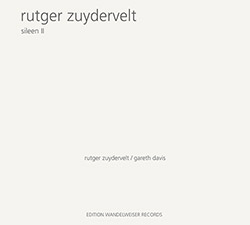
An adaptation from "Sileen", a composition commissioned by Musica For The Festival Oortreders at Neerpelt, Belgium, 2016 performed with 50 members of a local music school; "Sileen II" was realized with only Gareth Davis on bass clarinet plus sounds from Machinefabriek, recorded in the same pitch and tempo as "Sileen', then slowed to half its speed and one octave lower.
In Stock
Quantity in Basket: None
Log In to use our Wish List
Shipping Weight: 3.00 units
EU & UK Customers:
Discogs.com can handle your VAT payments
So please order through Discogs
Sample The Album:
Gareth Davis-bass clarinet
Rutger Zuydervelt-additional sounds
Click an artist name above to see in-stock items for that artist.
UPC: 4011778041061
Label: Edition Wandelweiser Records
Catalog ID: EWR 1810
Squidco Product Code: 26750
Format: CD
Condition: New
Released: 2018
Country: Germany
Packaging: Cardstock 3 page foldover in vinyl sleeve
Assembled by Rutger Zuydervelt, in Rotterdam, the Netherlands, in 2017, 2017 and 2018.
"In 2016 I was commissioned by Musica, to compose a piece for their sound/art festival OORtreders (in Neerpelt, Belgium), and to perform it with 50 members of a local music school. So I wrote 'Sileen', a piece based on three groups playing a set of swelling notes; overlapping in different combinations each time. A fairly simple score to play, but one that asks a lot of concentration from the performers (and a lot of breath for the horn players - one kid fainted during rehearsals). A recording of that performance can be found here: soundcloud.com/machinefabriek/sileen
I've been thinking of recording a studio version of this piece for a long time, and finally decided to do so, with the help of bass clarinetist Gareth Davis. I decided to not go for a big orchestral version like at OORtreders, but to approach it in a more intimate way, using only Gareth's clarinet and some electronics for extra colour. The radio static and field recordings of the original were also abandoned, to make the whole thing more transparent and focused.
Compared to the busy, slightly chaotic performance in Belgium, this new version is almost intimidatingly sparse, even more so 'cause at the last minute I decided to slow down the new version to half its speed, which gave way to more details like intriguing overlaps and beating frequencies.
The structure of the composition is very simple. There's three groups, and each have 4 or 5 sets of repeated chords of exactly one minute - fading in and out like a wave. Each set of repetitions is followed by a silence of the same length before presenting the next set. Since the amount of repetitions is different for each group (2, 3, and 4 times), the overlap shifts and differs each time.
More then forcefully composing a beautiful piece of music, the structure of Sileen II is more about simply presenting these different, isolated combinations of tones. When all the options are heard, there's a point where all group have a minute silence at the same time. Then the peace ends with a final (long) chord. I guess that finale is my composite touch to an otherwise automated composition.
While the original Sileen piece was written for a big group of musicians, I wanted this new version to be more compact and focused. I started with creating the piece with electronic sounds, and then ask my regular collaborator Gareth Davis to record the different notes of the piece, for me to have a library to work with, and to add a more human touch to the composition.
Originally, the piece was actually half it's length (and an octave higher). After spending some time mixing Gareth's bass clarinet with my electronic tones, I still wasn't convinced. It was felt hard to actually turn this into a piece that was pleasant or intriguing enough for me to listen to. I really liked the systematic aspect of the composition, but despite the slowness of the piece, it still felt too hushed and uncomfortable. But then a too-simple-for-words idea came to the rescue. By simply slowing the piece down to 50% I suddenly felt the click. This was it. Now the chords where sustained long enough for the listener to actually engage with them, to have time to sift through the different tones, focus on the beating timbres or simply 'float' on tone-clusters. Lowering the pitch also gave the piece a much warmer and deeper sound. Great how such a simple intervention changes so much. The piece was finished."-Rutger Zuydervelt (aka Machinefabriek)
"Originally Sileen was composed for a festival in Belgium and this new piece is recorded in "the same pitch and tempo s its predecessor, then slowed down in post-production to half its speed and one octave lower". The player on this CD is Gareth Davies, who plays bass clarinet, unlike the first version which was performed by fifty players from the local music school, while Rutger adds a bit of his electronics. Zuydervelt says: "There's three groups, and each have 4 or 5 sets of repeated chords of exactly one minute - fading in and out like a wave. Each set of repetitions is followed by a silence of the same length before presenting the next set. Since the amount of repetitions is different for each group (2, 3, and 4 times), the overlap shifts and differs each time." It is a beautiful piece of music, very slow, very majestically moving in and out of the picture, with those one minute length pieces and a bit of silence following that, but it is more or less quite a continuous piece of music and each of forty plus segments it never sounds the same. Obviously they are closely connected, but nevertheless sound actually quite different. It has a great modern classical feel, very much alike Alvin Lucier or Phill Niblock, I thought, but then if they would cut up their pieces into smaller segments and fading them in and out. Well, and perhaps Zuydervelt has more variation up his sleeve. In the last nine minutes everything comes together and there is just one long drone of multiple (all?) segments together. This is a most refined CD and Zuydervelt's most classical release up until now."-Vital Weekly

The Squid's Ear!
Get additional information at Vital Weekly
Artist Biographies
• Show Bio for Gareth Davis "Gareth Davis studied with Antony Pay and Roger Heaton in London and then with Dutch Bass Clarinet virtuoso, Harry Sparnaay in Amsterdam. He was invited by the French cellist Alain Meunier, to attend the prestigious Accademia Chigiana di Siena on a Scholarship and study chamber music with Yuri Bashmit, Katia Labeque, Tchaikovsky Prize winner Mario Brunello and the Italian composer, Luciano Berio. Since his debut, at the age of 18, at London's Wigmore Hall, Gareth has gone on to play throughout Europe, North America and Asia. He has played under conductors including Riccardo Chailly, Sir Simon Rattle, Diego Masson, Gregory Rose and Roger Norington with orchestras and ensembles including the Philarmonia, Sinfonietta, ECO, Asko, Netherlands Radio Orchestra and Sinfonia 21. He also performed with the Neue Vocalsolisten, Sinfonietta and JACK Quartet, cellist Frances-Marie Uitti, guitarist Elliot Sharp, experimental noise band Nadja and electronic artists Scanner and Machinefabriek. Gareth has been strongly involved in New Music having had pieces written for him by many composers such as, Salvatore Sciarrino, Jonathan Harvey, Toshio Hosokawa, Gavin Bryars, Peter Eotvos and Misato Mochizuki. He has worked extensively with the Hilliard Ensemble's countertenor David James, soprano Sarah Leonard, harpsichord virtuoso Jane Chapman, Heinz Holliger, Sine Nomine, Kreutzer Quartet the Rossetti Quartet and Xenakis Prize winning contra bassist, Corrado Canonnici. Gareth has performed at many prestigious festivals including the Bienalle di Venezia, Prague Spring, Amsterdam, Ars, Vienna, Stockholm, Santa Fe, World Music Days and Salzburg. He has performed both contemporary and traditional repertoire on modern and period instruments and on folk instruments including the Romanian Taragota and Turkish Sol. In 2001 Gareth formed the duo 'muta' with accordian. In only a year nearly 40 works have been commissioned by composers including Magnus Lindburg, Rebecca Saunderds and Jo Kondo. Gareth is currently exploring the potential of interactive visual media to expand the interpretation of existing twentieth century repertoire and open new theatrical possibilities for the performance of twenty-first century music." ^ Hide Bio for Gareth Davis • Show Bio for Rutger Zuydervelt "Machinefabriek is the alias of Rutger Zuydervelt. Rutger's music combines elements of ambient, noise, minimalism, drone, field recordings and electro-acoustic experiments. His pieces can be heard as an attempt to create sonic environments for the listener to dwell in. Finding tension in texture, tone and timing, the result can be very minimalistic at first glance, but reveals itself upon closer listening. The devil is in the details. Rutger was born in 1978 in Apeldoorn (The Netherlands) and now resides in Rotterdam. He started recording as Machinefabriek in 2004. After a series of self released cd-rs, his official debut Marijn was issued in 2006, with great critical acclaim. Since than, a solid stream of music was released on labels such as Type, Important, Home Normal, 12K, Entr'acte, Dekorder, Miasmah, Consouling Sounds, Experimedia and Staalplaat. He performed all over the globe, from Canada to Israel and from Russia to Japan. Rutger collaborated (on record and/or live) with numerous artists, such as Steinbrüchel, Jaap Blonk, Aaron Martin, Peter Broderick, Frans de Waard, Mats Gustafsson, Steve Roden, Gareth Davis, Stephen Vitiello, Michel Banabila, Dirk Serries and Dead Neanderthals, amongst many others. He frequently works with film makers, like Makino Takashi, Mike Hoolboom, John Price, Paul Clipson and Chris Teerink, for whom he composed a soundtrack for his documentary about Sol LeWitt. Rutger also recorded the music for the Canadian drama The Cold and the Quiet from 2014. Furthermore, his music was used in Edward Burtynsky's Watermark, the drama Stone (with Robert DeNiro and Edward Norton) and Josh Fox' influential Gasland and Gasland Part II documentaries. Besides films, Rutger also composes music for dance pieces, like Alix Eynaudi and Kris Verdonck's EXIT (premiéred at the Haus der Kulturen der Welt, Berlin), Alexander Whitley's The Measures Taken (for the Royal Opera in London) and Beheld (for Candoco Dance Company), and multiple pieces by Spanish/Dutch choreographer Iván Pérez. Then there's Rutgers installation work, in which the dialogue with the environment plays an important role. He did projects for Stedelijk Museum Amsterdam, NAi (Dutch Architecture Institute), the new Armando Museum MOA, Sounds Like Audio Art in Saskatoon (Canada), the Into the Great Wide Open Festival, Netwerk in Aalst (Belgium) and children's museum Villa Zebra in Rotterdam." ^ Hide Bio for Rutger Zuydervelt
7/9/2025
Have a better biography or biography source? Please Contact Us so that we can update this biography.
7/9/2025
Have a better biography or biography source? Please Contact Us so that we can update this biography.
Track Listing:
1. Sileen II 50:00
Electro-Acoustic
Sound, Noise, &c.
Organized Sound and Sample Based Music
Recordings by or featuring Reed & Wind Players
Organized Sound and Sample Based Music
New in Experimental & Electronic Music
Search for other titles on the label:
Edition Wandelweiser Records.
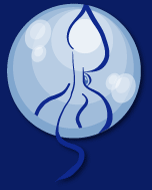
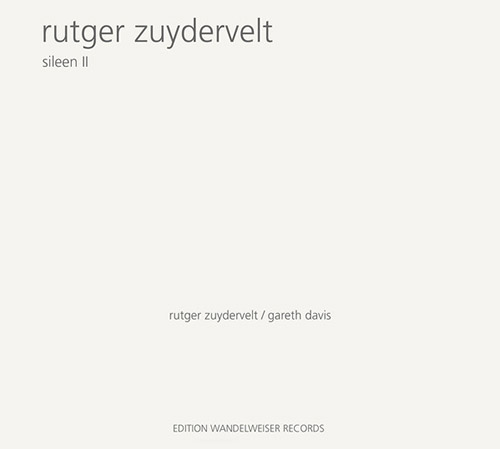

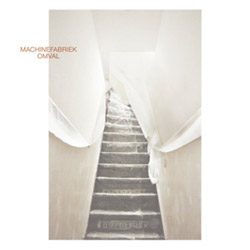
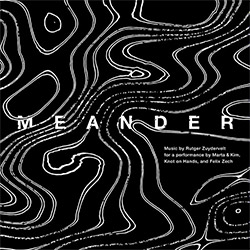
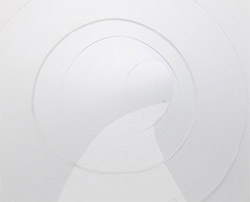
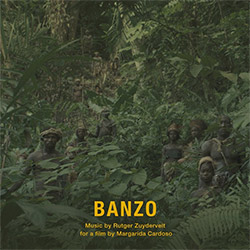
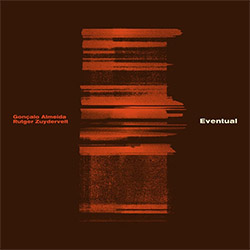
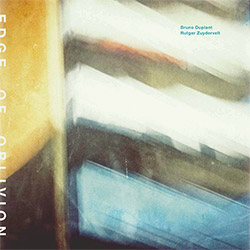
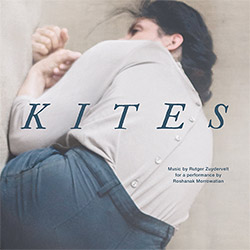
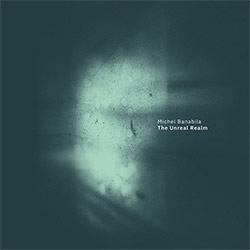
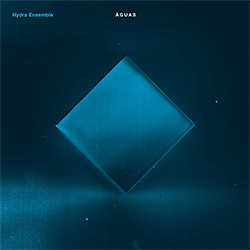
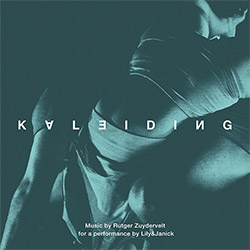
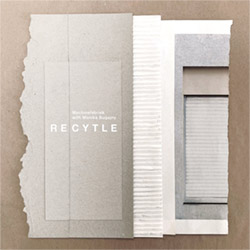
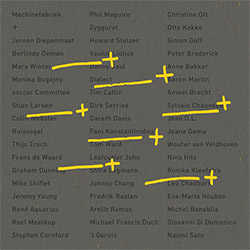

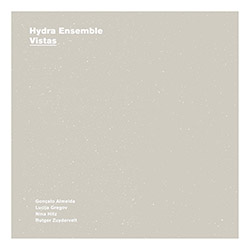
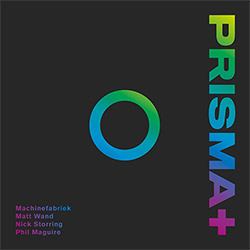
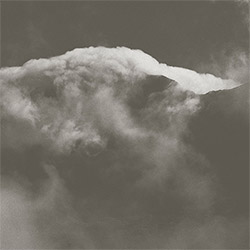
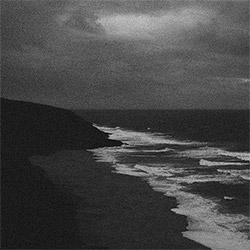
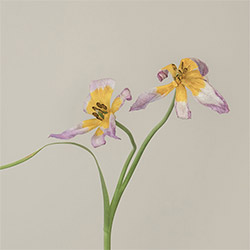


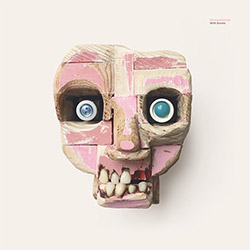
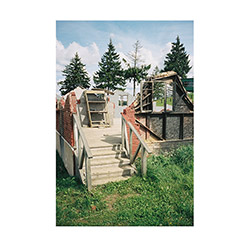
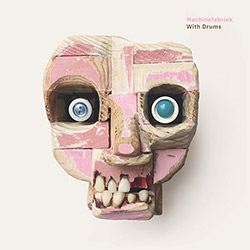
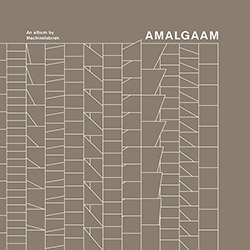
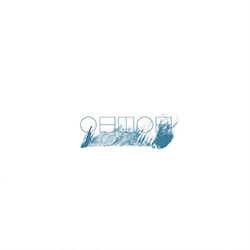


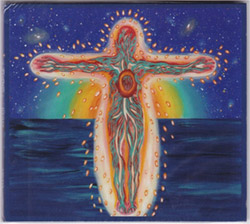
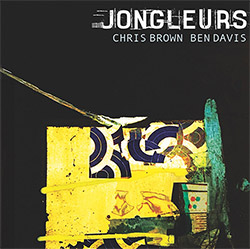
![BlueRing Improvisers: Materia [2 CDs]](https://www.teuthida.com/productImages/misc4/36513.jpg)
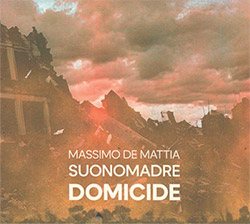
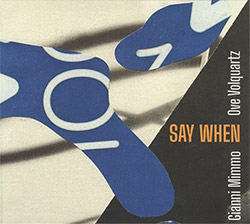
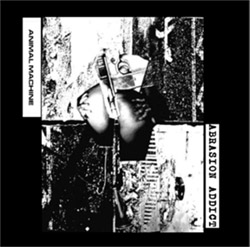
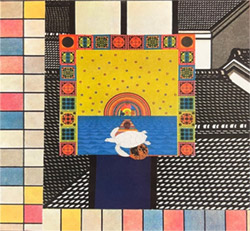

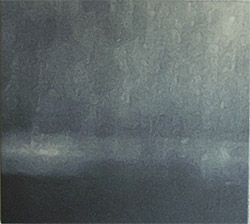
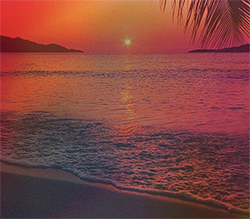
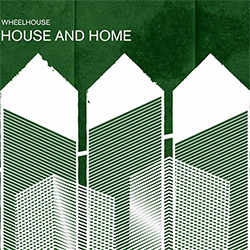
![Wheelhouse (Rempis / Adasiewicz / McBride): House And Home [VINYL]](https://www.teuthida.com/productImages/misc4/36462.jpg)
![+DOG+: The Light Of Our Lives [2 CDs]](https://www.teuthida.com/productImages/misc4/36009.jpg)

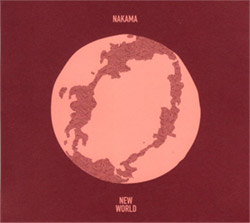
![Parker, Evan / Jean-Marc Foussat: Insolence [VINYL]](https://www.teuthida.com/productImages/misc4/36398.jpg)
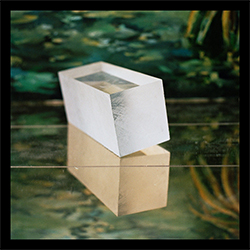
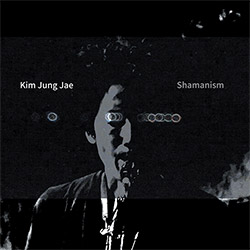
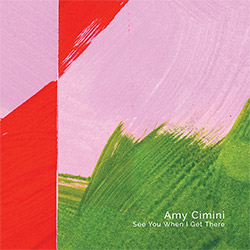
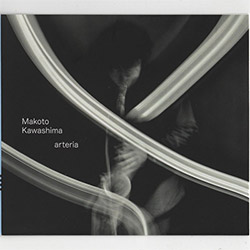
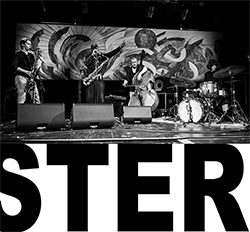
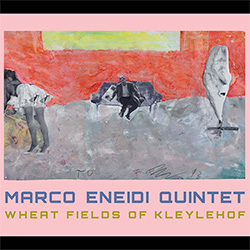
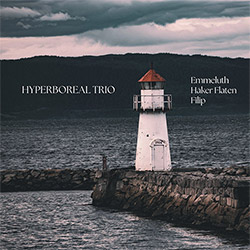
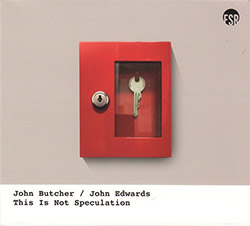
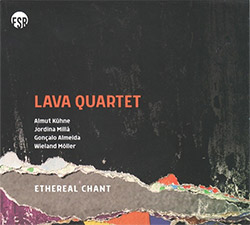
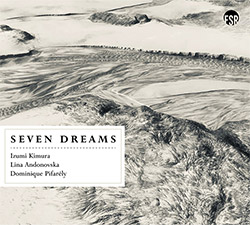
![Deupree, Jerome / Sylvie Courvoisier / Lester St. Louis / Joe Morris: Canyon [2 CDs]](https://www.teuthida.com/productImages/misc4/36404.jpg)
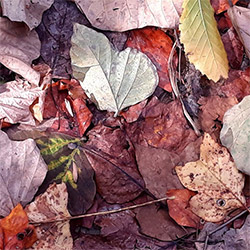
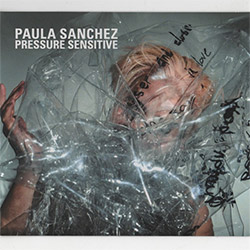
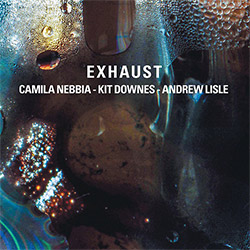
![Eventless Plot | Haarvol: The Subliminal Paths [CASSETTE + DOWNLOAD]](https://www.teuthida.com/productImages/misc4/36232.jpg)
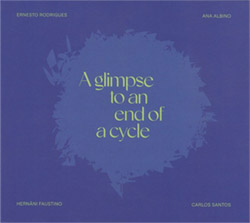
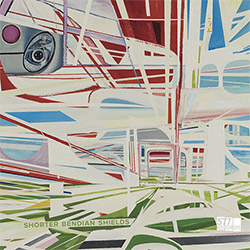
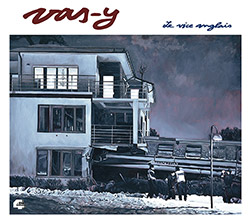
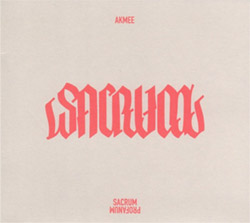

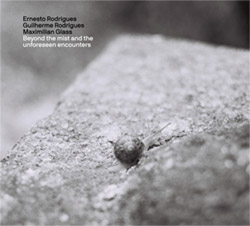
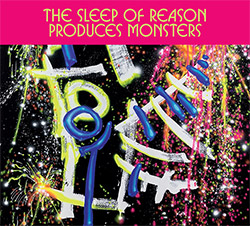
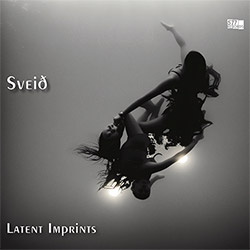
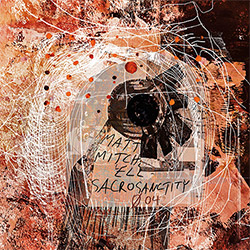
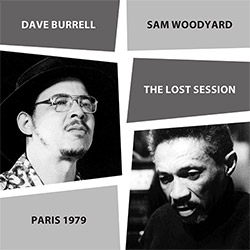
![Eventless Plot | Francesco Covarino: Methexis [CASSETTE + DOWNLOAD]](https://www.teuthida.com/productImages/misc4/36231.jpg)
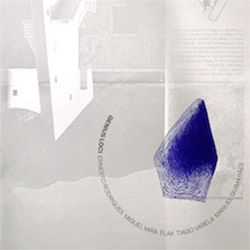
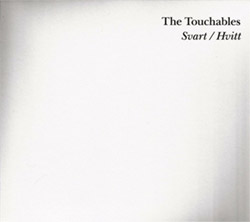
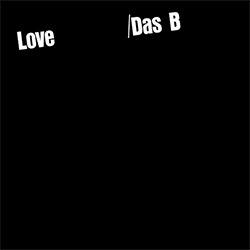
![Das B (Mazen Kerbaj / Mike Majkowski / Magda Mayas / Tony Buck): Love [VINYL]](https://www.teuthida.com/productImages/misc4/36329.jpg)
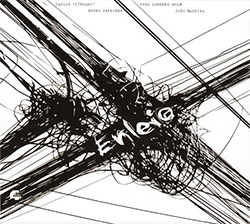
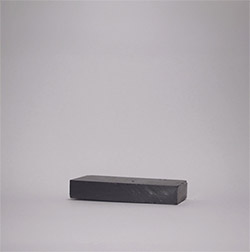
![Eternities: Rides Again [CASSETTE]](https://www.teuthida.com/productImages/misc4/36247.jpg)
![Lopez, Francisco: Untitled (2021-2022) [2 CDs]](https://www.teuthida.com/productImages/misc4/36438.jpg)
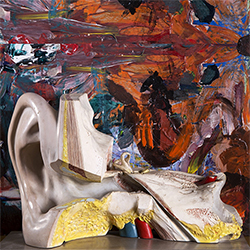
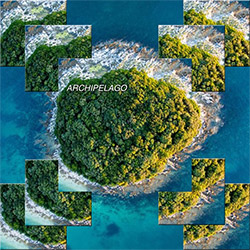
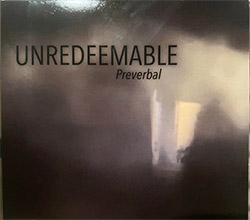
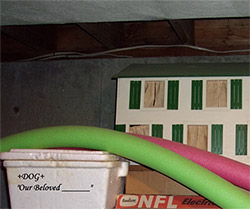
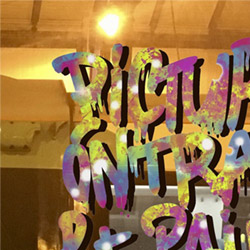
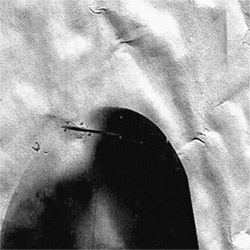
![Money : Money 2 [2 CDs]](https://www.teuthida.com/productImages/misc4/35894.jpg)
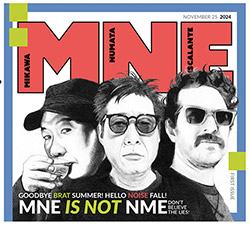
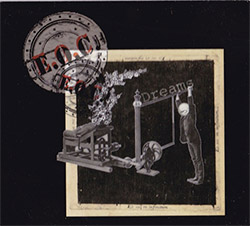

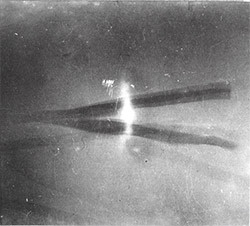
![Klinga, Erik: Elusive Shimmer [VINYL]](https://www.teuthida.com/productImages/misc4/36258.jpg)
![CHANGES TO blind (Phil Zampino): Volume 9 - I Wave on a Fine Vile Mist [CD + DOWNLOAD]](https://www.teuthida.com/productImages/misc4/36061.jpg)

![Wallmart / Rubbish: Asset Protection [split CD]](https://www.teuthida.com/productImages/misc4/35900.jpg)
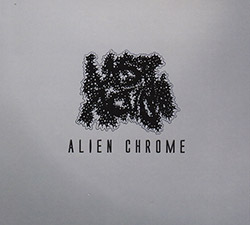
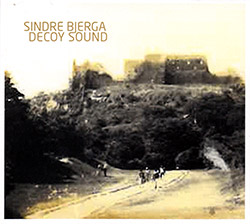
![+Dog+: The Family Music Book Vol. 5 [2 CDs]](https://www.teuthida.com/productImages/misc4/35897.jpg)
![Kuvveti, Deli : Kuslar Soyledi [CASSETTE w/ DOWNLOAD]](https://www.teuthida.com/productImages/misc4/36107.jpg)
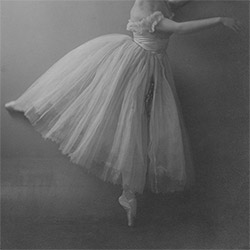
![Brown, Dan / Dan Reynolds: Live At The Grange Hall [unauthorized][CASSETTE]](https://www.teuthida.com/productImages/misc4/36245.jpg)
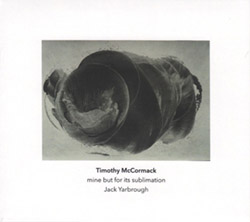
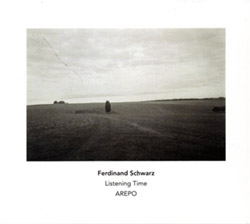
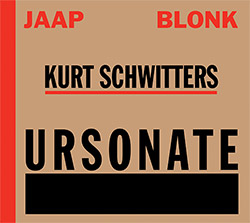

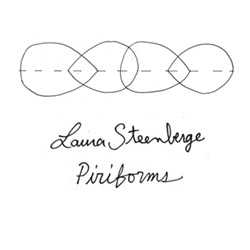
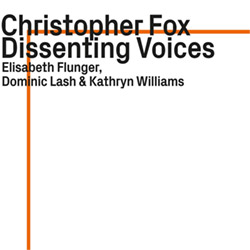
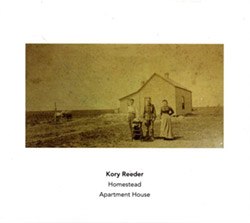
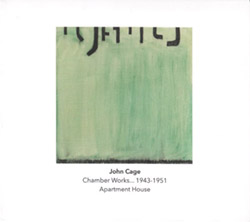
![Palestine, Charlemagne / Seppe Gebruers: Beyondddddd The Notessssss [VINYL]](https://www.teuthida.com/productImages/misc4/36206.jpg)
![Palestine, Charlemagne / Seppe Gebruers: Beyondddddd The Notessssss [NEON GREEN VINYL]](https://www.teuthida.com/productImages/misc4/36207.jpg)
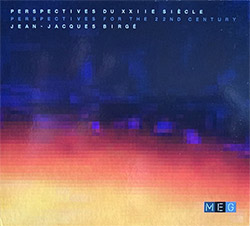
![Laubrock, Ingrid: Purposing The Air [2 CDs]](https://www.teuthida.com/productImages/misc4/35639.jpg)
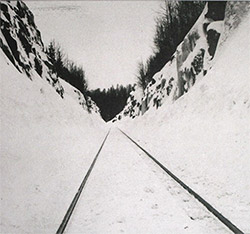
![Yoko, Ono / The Great Learning Orchestra: Selected Recordings From Grapefruit [2 CDs]](https://www.teuthida.com/productImages/misc4/35841.jpg)
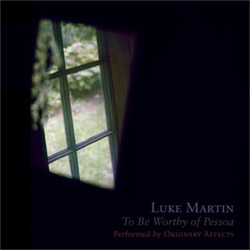
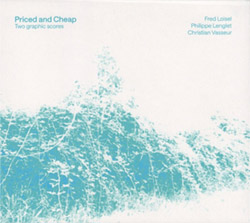
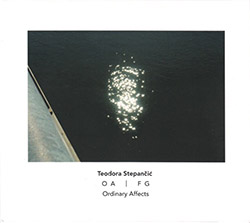
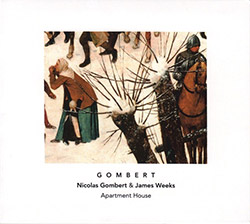

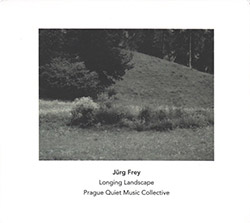
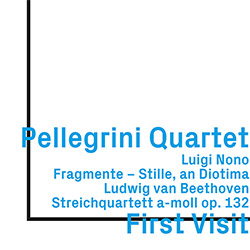
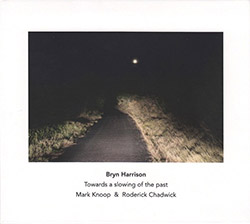
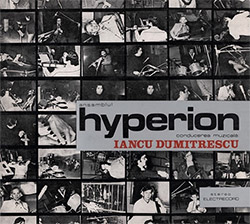
![Zorn, John / JACK Quartet: The Complete String Quartets [2 CDs]](https://www.teuthida.com/productImages/misc4/35609.jpg)
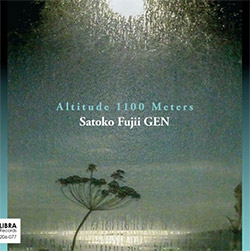
![Lonsdale, Eden: Dawnings [2 CDs]](https://www.teuthida.com/productImages/misc4/35480.jpg)
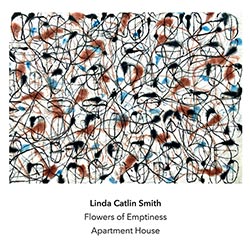
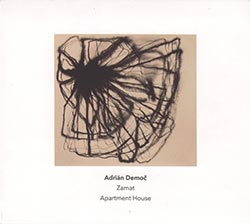
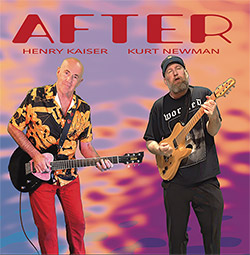
![Sorry For Laughing (G. Whitlow / M. Bates / Dave-Id / E. Ka-Spel): Rain Flowers [2 CDS]](https://www.teuthida.com/productImages/misc4/35985.jpg)
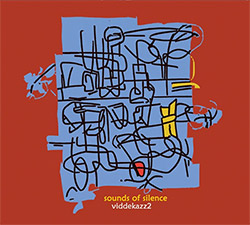
![Rolando, Tommaso / Andy Moor : Biscotti [CASSETTE w/ DOWNLOADS]](https://www.teuthida.com/productImages/misc4/36106.jpg)
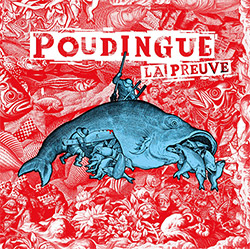
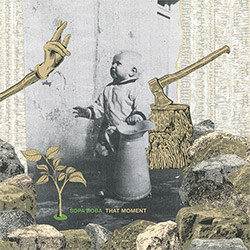
![Electric Bird Noise / Derek Roddy: 8-10-22 [CD EP]](https://www.teuthida.com/productImages/misc4/35970.jpg)
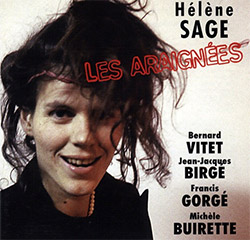
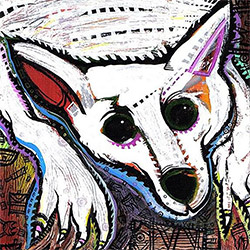

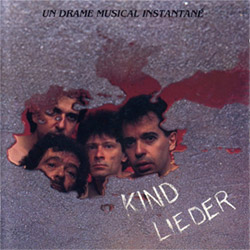
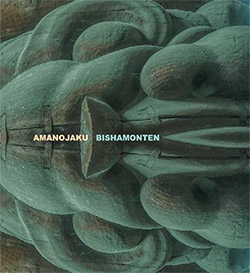
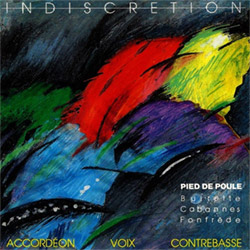
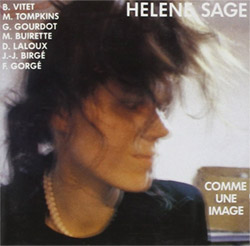
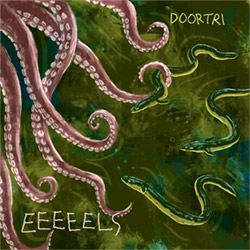
![Elephant9 : Mythical River [VINYL]](https://www.teuthida.com/productImages/misc4/34624.jpg)
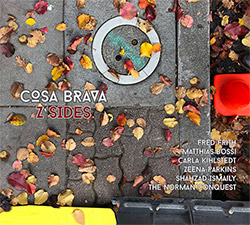
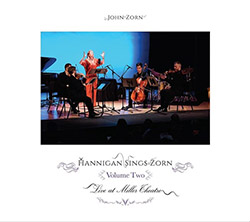
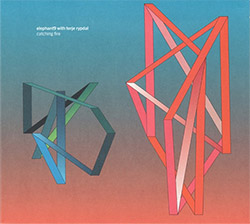
![Elephant9 with Terje Rypdal: Catching Fire [VINYL 2 LPs]](https://www.teuthida.com/productImages/misc4/35355.jpg)
![Deerlady (Obomsawin, Mali / Magdalena Abrego): Greatest Hits [VINYL]](https://www.teuthida.com/productImages/misc4/34876.jpg)
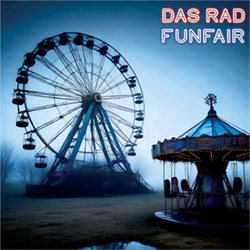
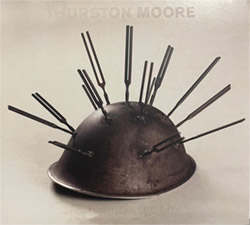
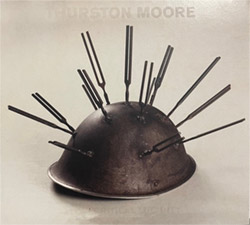

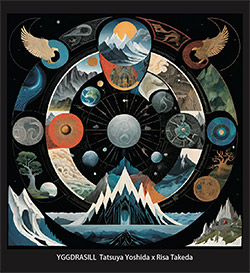
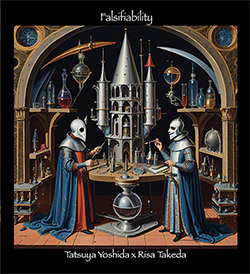
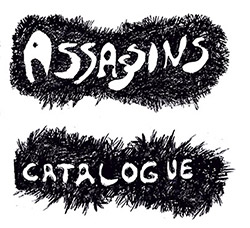
![Surplus 1980: Illusion of Consistency [CD]](https://www.teuthida.com/productImages/misc4/35069.jpg)
![Staiano, Moe: Away Towards the Light [VINYL + DOWNLOAD]](https://www.teuthida.com/productImages/misc4/35037.jpg)
![Coley, Byron: Dating Tips for Touring Bands [VINYL]](https://www.teuthida.com/productImages/misc4/17906.jpg)

![Lost Kisses: My Life is Sad & Funny [DVD]](https://www.teuthida.com/productImages/misc4/lostKissesDVD.jpg)